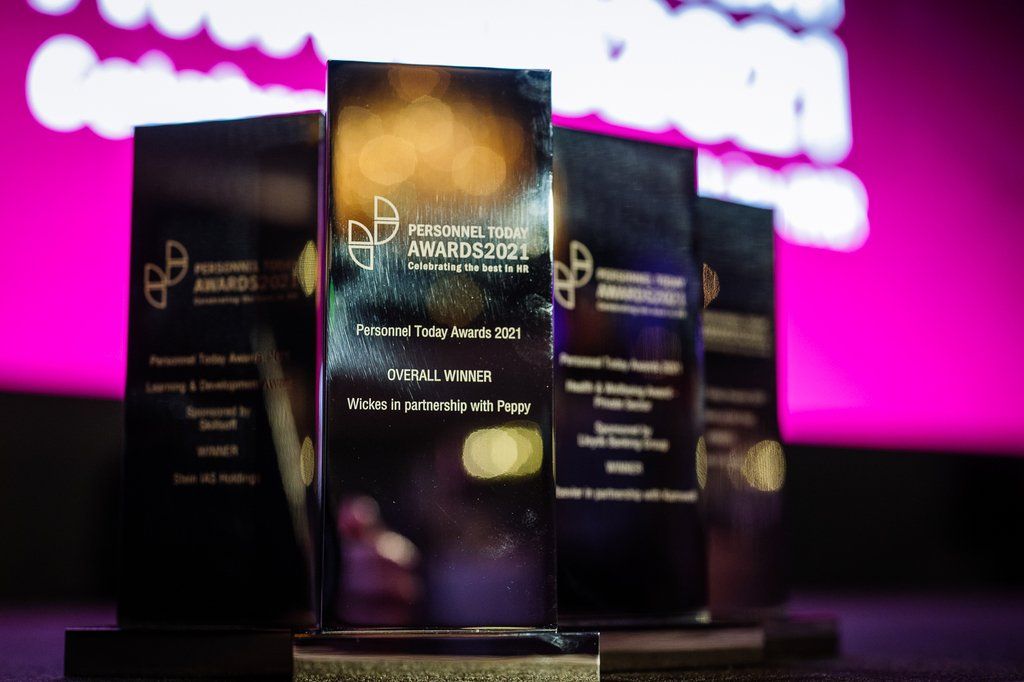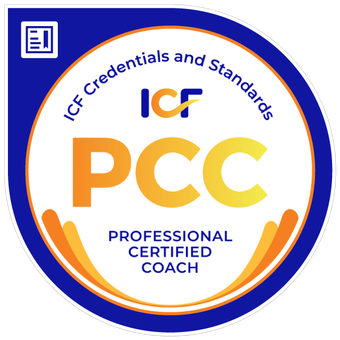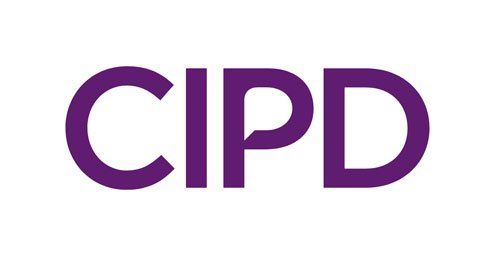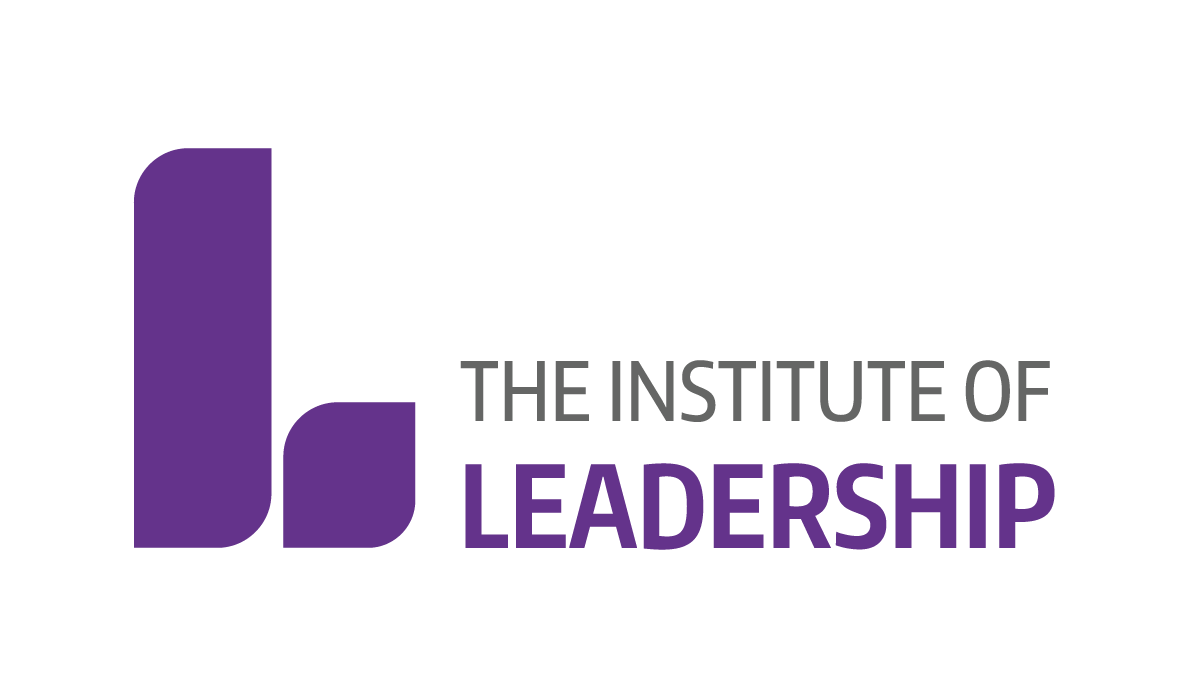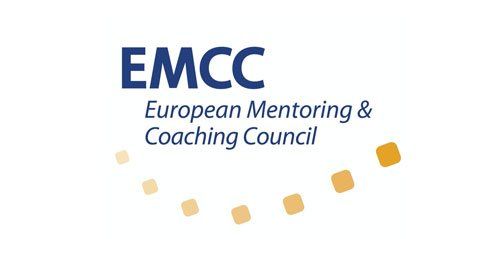How can I get the most from a team working from home?
Managing a team from afar has its challenges.
Keeping on top of what’s happening on the desks of our people is less straight forward, less organic, less automatic than it is when we are physically close to our teams. Overhearing conversations about ongoing pieces of work, a quick walk and talk about the status of a project en-route to another meeting, informal catch ups and conversations, as well as the general observation of the ‘busyness’ around us serves to reassure us that what we need to happen is happening – often with limited input from us.
So when we can’t see the work actually happening, when our ability to observe our people in the margins of the day to day running of the business is curtailed, it is only natural, that for many leaders, our desire to deliver consistent and quality results for the business – particularly given the COVID19 context – is heightened.
In many leaders, that desire to perform against the odds, coupled with an anxiety about the many things that now sit outside our control can result in a significant tightening of our grip. We find ourselves dialling-up the checking in and instead of managers, become monitors. The intention is a good one. On the edges of social and economic crisis, it is only natural that we want the very best – that we demand more – from ourselves and from our people. But here’s the thing. In seeking to get the very best, we do the one thing that is sure to demotivate and disengage our teams – we lose the trust.
The single biggest theme arising from the coaching I am doing with leaders and managers at all levels right now is around an ambient anxiety that their people just aren’t working. The fact that their teams are now working at home, from their kitchen tables – surrounded by their families and the myriad distractions of home life (the garden, the fridge, Netflix, the X Box) – is unsettling. ‘How do we know they are working?’ is a question I have heard from CEOs and board members through to first-line managers.
But here’s the thing. That is the wrong question.
Many organisations are struggling to adapt to the new reality of home working and remote management. Even for the most forward leaning of businesses, whose flexible working policies were well developed and tested long before we had ever heard of Corona, the landscape is dramatically different. One major supermarket I have been working with predict that the pandemic has accelerated working habits by five years. Yes, they expected to be in a position where the majority day to day work, including meetings, was delivered from home offices, but not until 2025.
The shifting sands have sent so many leaders into a spin. One company I have been working with have stated that they will be exploring stringent measures for checking that their workforce is still ‘putting in the hours’.
So, if the question is not ‘How do we know if they are working?’ what is it? Well, I might suggest that rather than looking at the hours our teams are logged in, how many emails of ours they are replying to and how many Zoom invites they have accepted, we might instead seek to ask:
How do we know if the work is getting done?
Let’s focus for a moment, not on how the work is being done (the input) – whether this is interspersed with bouts of home-schooling, a Joe Wicks work-out session and a Netflix binge – but on what is getting done (the outcomes). Research indicates that most of us are truly only productive for between two and four hours a day. Even when we are at our desks for eight hours or more, the actual time we spend on delivering true and valuable output is limited. Psychologists attribute this to a range of factors – the need for our brains to take regular breaks, the intense nature of being in a productive flow, the environment in which we are working.
If, as leaders, we focus on outcomes (the what), rather than inputs (the how), two things happen. Firstly, we can find clarity around what we want to be achieved and we can help communicate that to our teams. Secondly – and here’s the beauty in focussing in this way – by demonstrating trust, offering true agency and autonomy to our people in how they choose to get the work done, we set in motion a cycle of increased engagement, investment and productivity. In short, we will see better results.
As Professor Paul J. Zak, author of Trust Factor: The Science of Creating High Performance Companies (AMACOM, 2017), writes:
‘Compared with people at low-trust companies, people at high-trust companies report: 74% less stress, 106% more energy at work, 50% higher productivity, 13% fewer sick days, 76% more engagement, 29% more satisfaction with their lives, 40% less burnout.’
If you find this article interesting or useful, please do share across social or via email.









